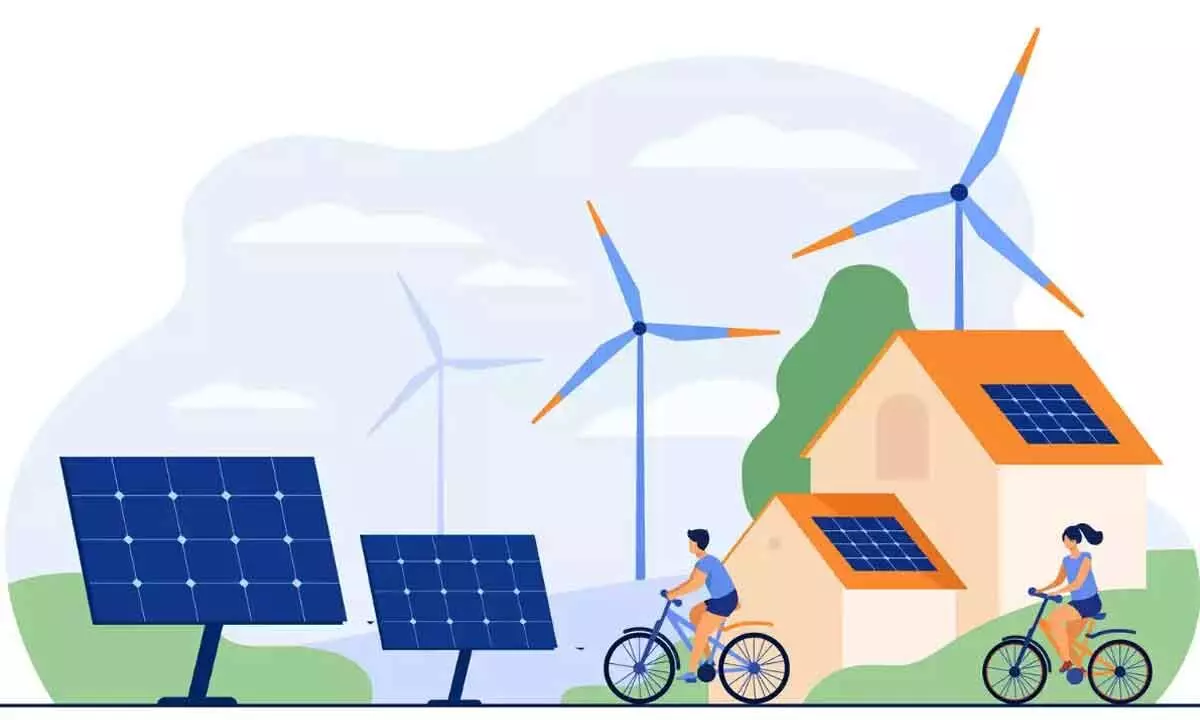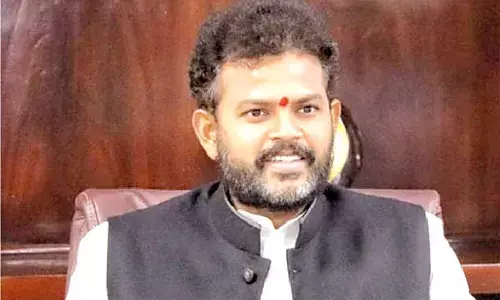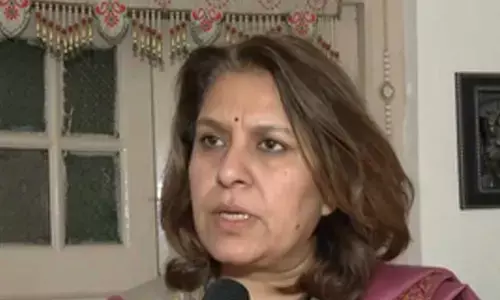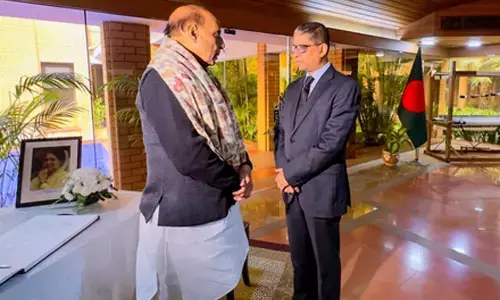Policy thrust key to renewable power boost

Evolving policies, geopolitical shifts and declining costs have all played a role in propelling the rapid expansion of renewable energy in markets worldwide. Yet, to triple renewable power capacity, concerted efforts are required to enhance infrastructure, policies and workforce capabilities, underpinned by increased financing and closer international cooperation, as outlined in IRENA’s World Energy Transitions Outlook brief presented at the Berlin Energy Transitions Dialogue
Abu Dhabi: Achieving the global target set at COP28 to triple renewable power capacity by 2030 relies heavily on establishing conducive conditions for such growth.
Tripling renewable power capacity by 2030 is technically feasible and economically viable, but its delivery requires determination, policy support and investment at-scale. “Tracking COP28 outcomes: Tripling renewable power capacity by 2030” highlights that 2023 has set a new record in renewable deployment, adding 473 gigawatts (GW) to the global energy mix.
However, the brief by the International Renewable Energy Agency (IRENA) concludes that tripling renewable power capacity depends on overcoming systemic and structural barriers to the energy transition. Evolving policies, geopolitical shifts and declining costs have all played a role in propelling the rapid expansion of renewable energy in markets worldwide. Yet, to triple renewable power capacity, concerted efforts are required to enhance infrastructure, policies and workforce capabilities, underpinned by increased financing and closer international cooperation, as outlined in IRENA’s World Energy Transitions Outlook brief presented at the Berlin Energy Transitions Dialogue on Tuesday.
An average of almost 1,100 GW of renewables capacity must be installed annually by 2030 -- more than double the record set in 2023. Annual investments in renewable power generation must surge from $570 billion in 2023 to $1,550 billion on average between 2024 and 2030.
Francesco La Camera, Director-General of IRENA, said: “In the wake of the historic UAE Consensus on tripling renewables at COP28, these capacity additions, despite setting a new record, clearly indicate that achieving the target is far from guaranteed. As the custodian agency, IRENA monitors related progress across key indicators every year. Our data confirms that progress continues to fall short, and the energy transition remains off track. We urgently need a systemic shift away from fossil fuels to course-correct and keep the tripling goal within reach.”
Achieving the tripling target is far from assured as an additional 7.2 terawatts (TW) of renewable power would need to be deployed to reach the required 11 TW by 2030. However, current projections indicate the target will remain out of reach without urgent policy intervention.
G20 nations, for example, must grow their renewable capacity from under three TW in 2022 to 9.4 TW by 2030, accounting for over 80 per cent of the global total. Accelerated investments in infrastructure and system operations (e.g. power grids, storage), revised policies and regulations (e.g. power market design and streamlined permitting), measures to fortify supply chains and cultivate requisite skills, and substantial increases in investments, including public funds facilitated through international collaboration, are imperative.
Meanwhile, the Indian Cabinet, chaired by Prime Minister Narendra Modi, has approved PM-Surya Ghar: Muft Bijli Yojana with a total outlay of Rs 75,021 crore for installing rooftop solar power units and providing free electricity up to 300 units every month for one crore households, according to an official statement issued on Thursday.
The scheme provides Central financial assistance of 60 per cent of system cost for 2 kW systems and 40 per cent of additional system cost for systems between 2 to 3 kW capacity. The financial assistance will be capped at 3 kW. At current benchmark prices, this will mean Rs 30,000 subsidy for 1 kW system, Rs 60,000 for 2 kW systems, and Rs 78,000 for 3 kW systems or higher.
The households will apply for subsidy through the National Portal and will be able to select a suitable vendor for installing rooftop solar. The National Portal will assist the households in their decision-making process by providing relevant information such as appropriate system sizes, benefits calculator, vendor rating etc.
Households will be able to access collateral-free low-interest loan products of around 7 per cent at present for installation of residential RTS systems up to 3 kW. The proposed scheme will result in addition of 30 GW of solar capacity through rooftop solar in the residential sector, generating 1000 BUs of electricity and resulting in reduction of 720 million tonnes of CO2 equivalent emissions over the 25-year lifetime of rooftop systems. It is estimated that the scheme will create around 17 lakh direct jobs in manufacturing, logistics, supply chain, sales, installation, O&M and other services.
















